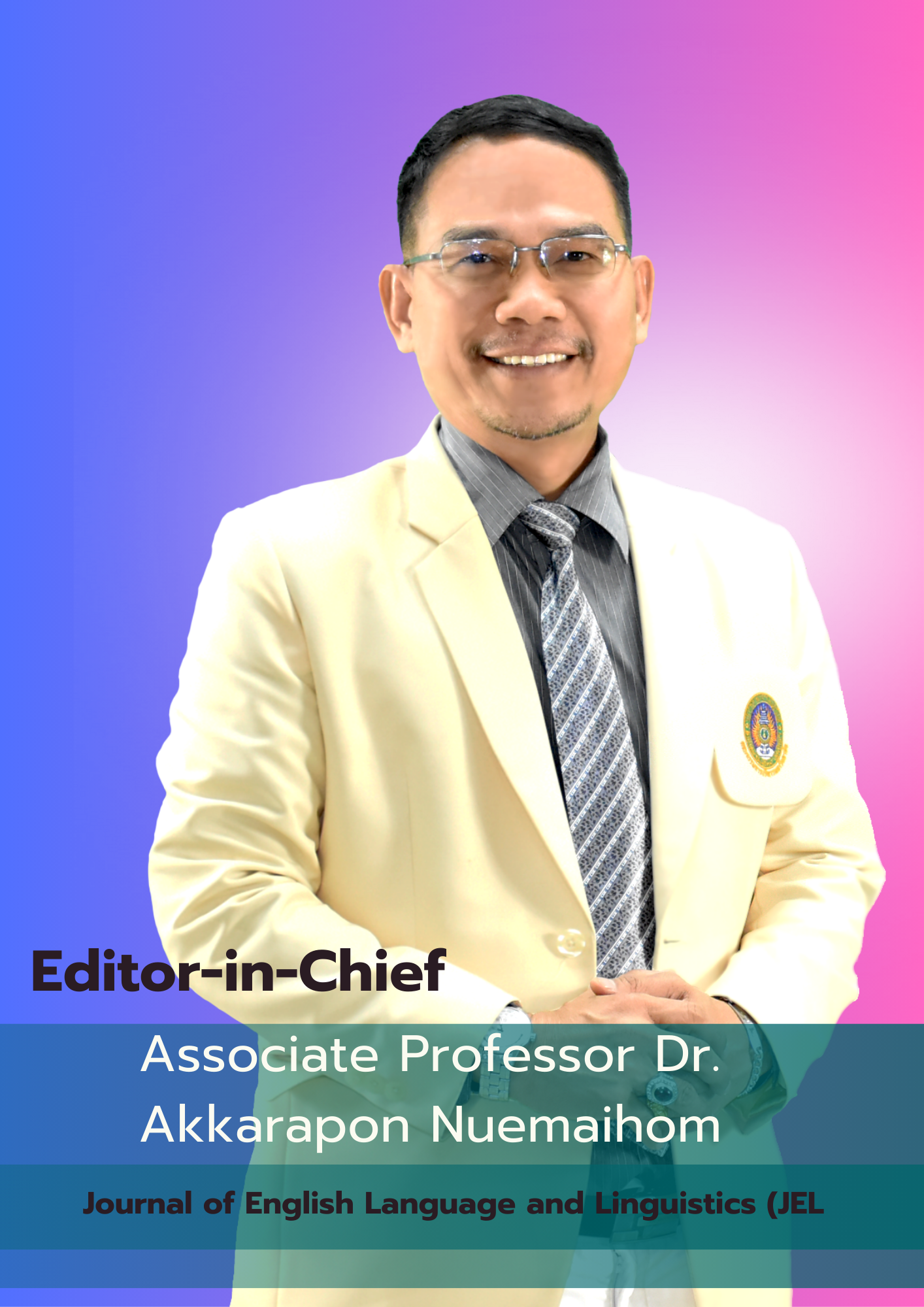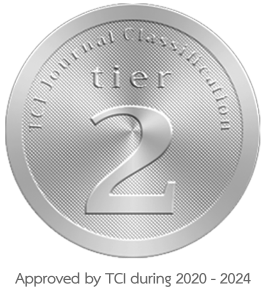Integrating intercultural competency in English for general education in a Thai university: A document analysis of course syllabi
DOI:
https://doi.org/10.62819/jel.2025.1175Keywords:
English curriculum development, general English education, intercultural communication, integration of intercultural communication, qualitative researchAbstract
The present study aims to explore the integration of intercultural competence in the general English education curricula of a private university in Northern Thailand. The study employed a qualitative research design, utilizing document analysis to examine 8 course syllabi from the two English for General Education curricula that commenced in the 2024 academic year. Byram’s intercultural model, comprising of 5 intercultural components including cultural knowledge, skills of discovery/interaction, skills of interpreting/relating, attitude, and critical cultural awareness, was employed to guide the design of the study. Findings reported that 4 intercultural components, including cultural knowledge, skills of discovery/interaction, skills of interpreting/relating, and critical cultural awareness, were integrated into the two curricula to varying extents, while attitude was missing from both curricula. The study emphasizes the need for instructors and curriculum developers to incorporate both Thai culture and its global perceptions, as well as real-time interaction practices, into their General English courses. Furthermore, students' intercultural attitudes can be achieved through teaching and learning activities that explore both their own values and cultural practices, as well as those of the interlocutors.
References
Boonteerarak, P., Thepud, S., & Wattanakul, P. (2022). The analysis of factors influencing instructors’ decision making in selecting instructional materials for General English courses in accordance with Byram’s intercultural communicative competence. Proceedings of the 13th Hatyai National and International Conference. Hatyai University, 2565 (pp. 102-121).
https://www.hu.ac.th/Conference/conference2022/proceedings/index.html
Byram, M. (2021). Teaching and assessing intercultural communicative competence: revisited. Multilingual Matters. https://doi.org/10.21832/9781800410251
Hsieh, H.-F., & Shannon, S. E. (2005). Three approaches to qualitative content analysis. Qualitative Health Research, 15(9), 1277–1288. https://doi.org/10.1177/1049732305276687
Huttayavilaiphan, R. (2024). Embracing global voices: An exploration of Thai teachers’ attitudes and practices on culturally diverse ELT materials in a Thai university. Journal of Intercultural Communication, 24(3), 11–23. https://doi.org/10.36923/jicc.v24i3.813
Merriam, S. B., & Tisdell, E. J. (2016). Qualitative research: A guide to design an implementation (4th ed.). Jossey-Bass.
Morgan, H. (2022). Conducting a qualitative document analysis. The Qualitative Report, 27(1), 64–77. https://doi.org/10.46743/2160-3715/2022.5044
Office of the Permanent Secretary. (2022, September 9). Curriculum standards B.E. 2565. Ministry of Higher Education, Science, Research and Innovation. https://www.ops.go.th/th/ches-downloads/edu-standard/item/6942-2022-07-22-03-17-22
Peng, B. (2021). Intercultural communicative competence teaching and assessment based on modern information technology. iJET, 16(7), 175–190.
Phongsirikul, M., & Thongrin, S. (2019). Developing intercultural awareness in ELT: Students’ attitudes toward their intercultural learning experiences. Reflections, 26(1), 78–114. https://doi.org/10.61508/refl.v26i1.203947
Rajprasit, K. (2017). Integrating “intercultural awareness” with Thailand’s tertiary general English instruction: Concepts, guidelines and advantages. University of the Thai Chamber of Commerce Journal Humanities
and Social Sciences, 37(2), 152–190.
Silverman, D. (2011). Interpreting qualitative data. Sage Publications.
Suwannasom, T. (2019). A study on intercultural strategies in English as a lingua franca communication of Naresuan University graduate students. Journal of Liberal Arts Prince of Songkla University, 11(1), 307–337.
Wang, M. (2024). Integration of intercultural communicative competence and English language education. Region—Educational Research and Reviews, 6(8), 108–111. https://doi.org/10.32629/rerr.v6i8.2502



















